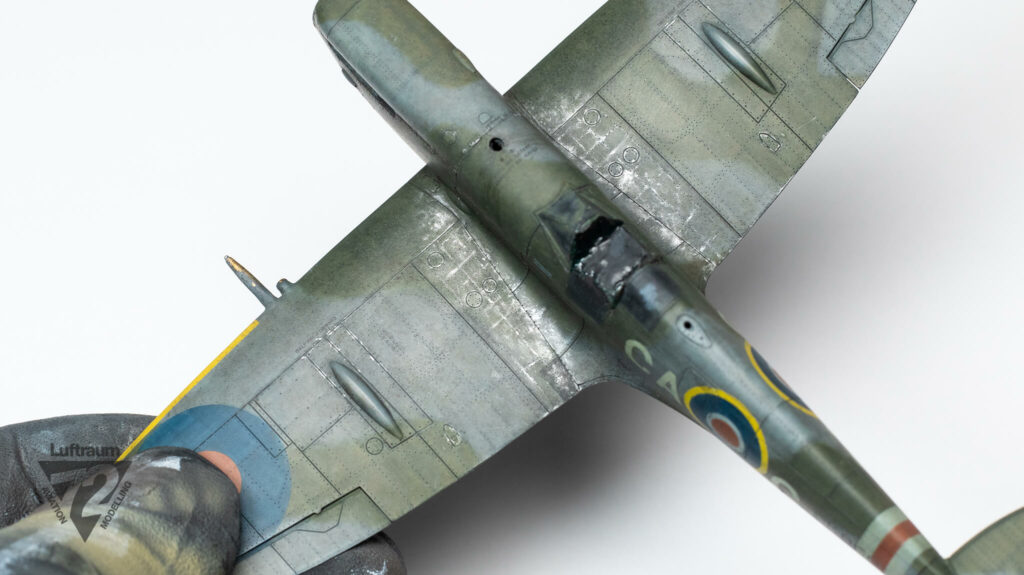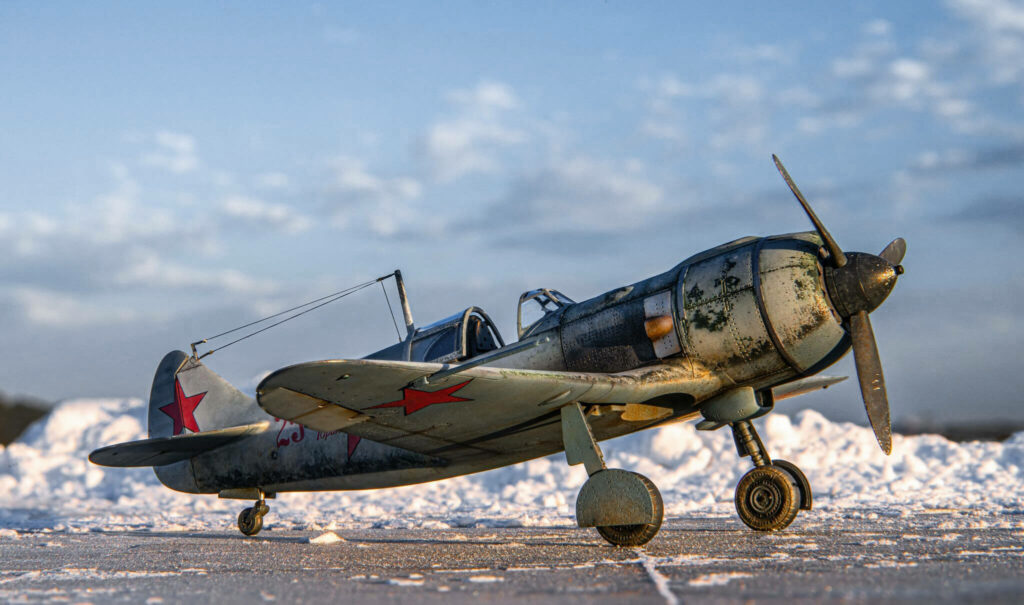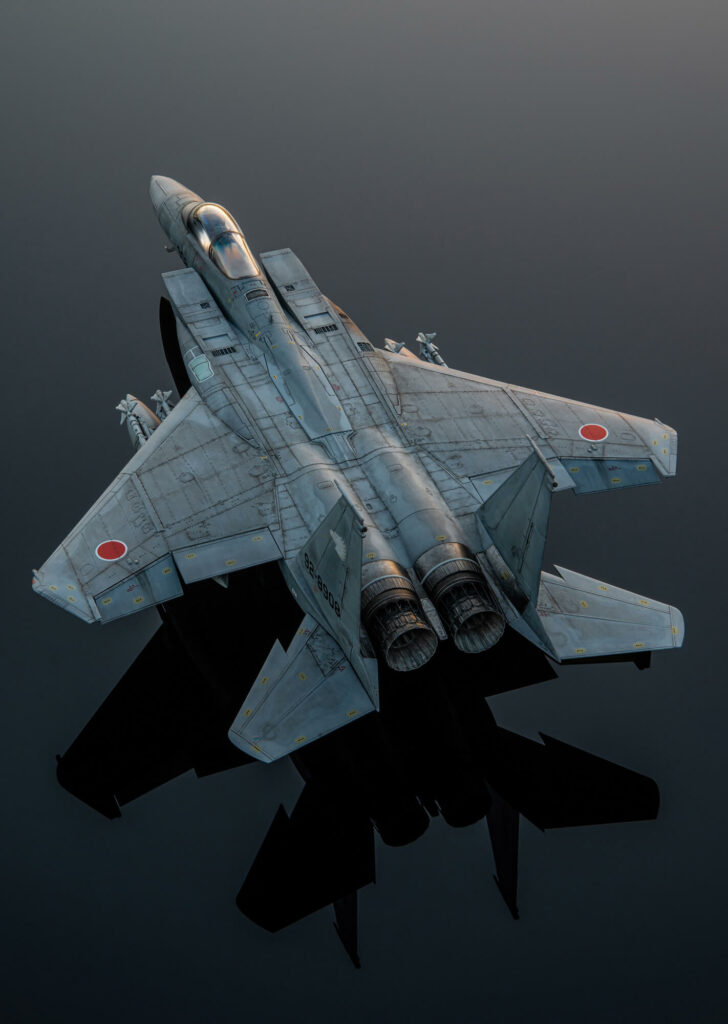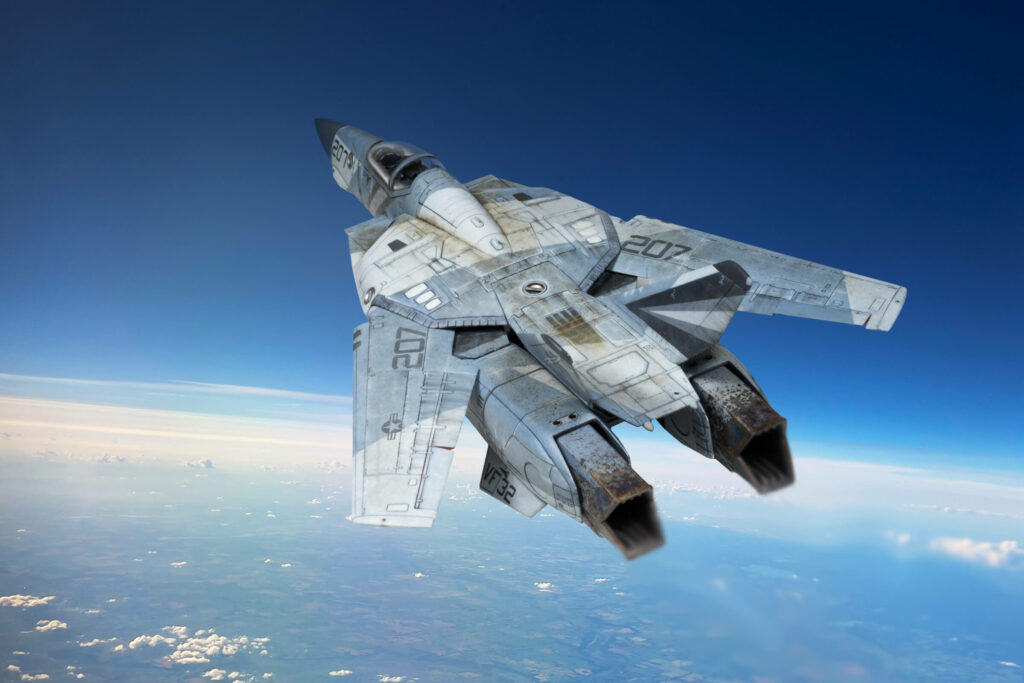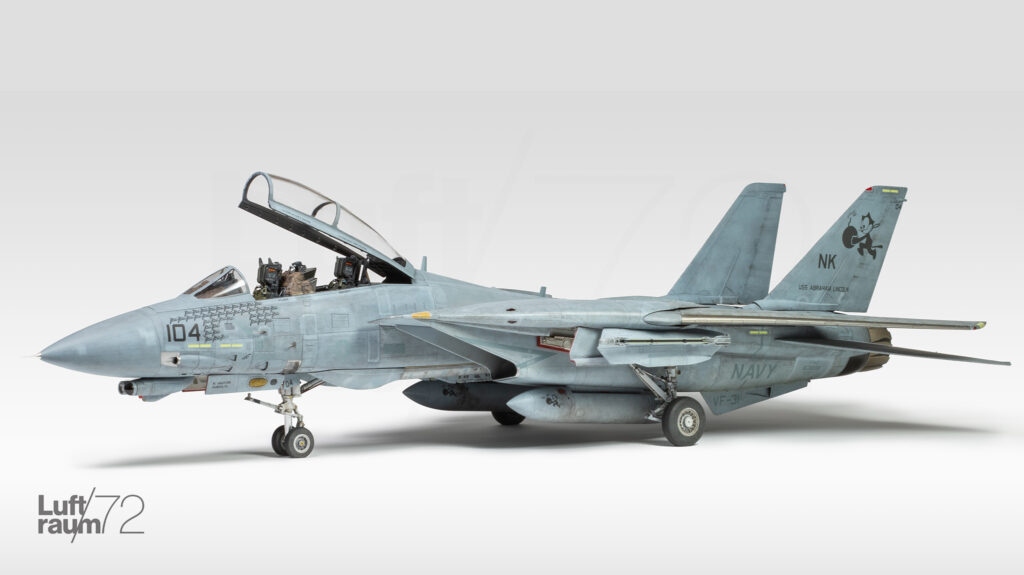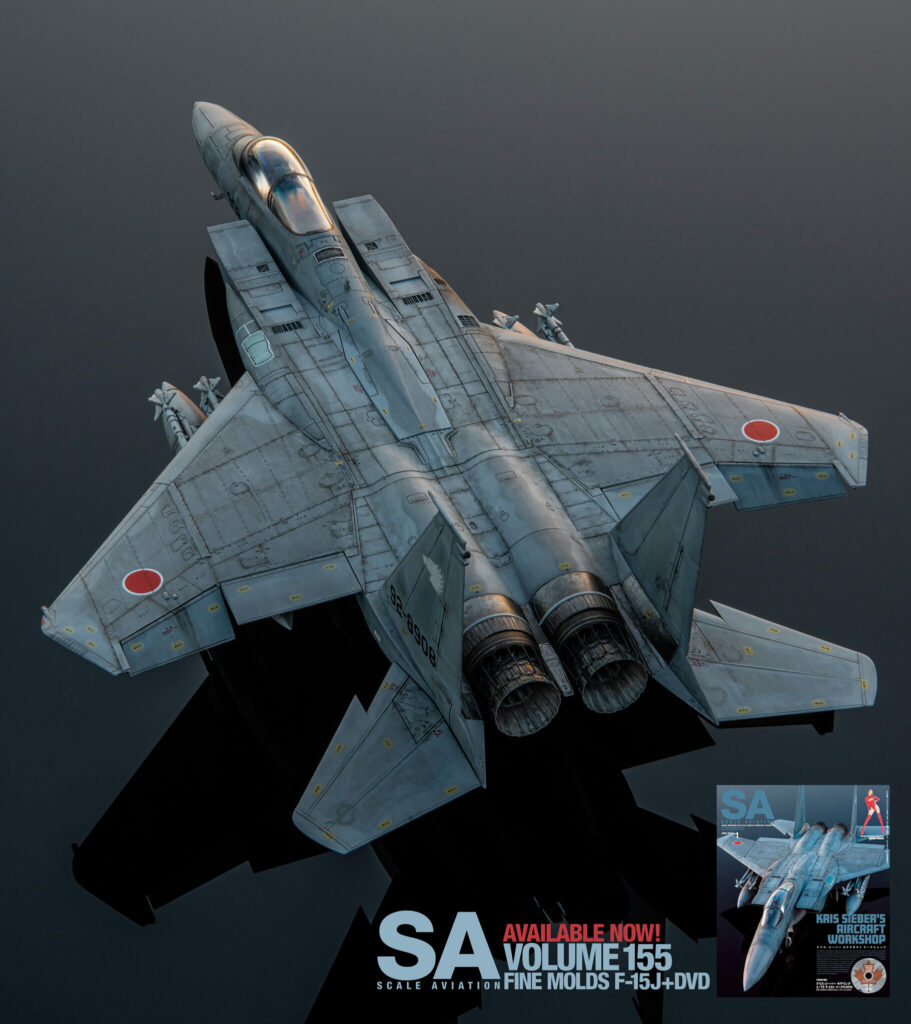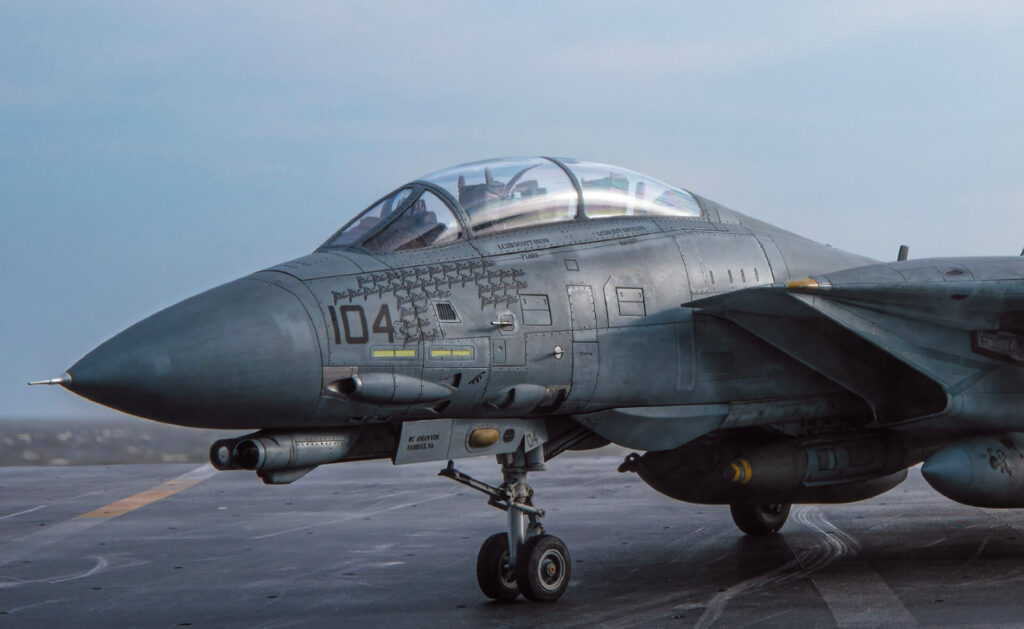Metallizer Abrasion Effect
TECHNIQUE Metallizer Abrasion Effect Introduction One of the effects I’ve been chasing since I returned to the hobby has been the abrasion and wear found along wing roots in 1/72. Hairspray chipping is one approach, however, it lacks the nuance of paint that has worn vs chipped off. On a build of a braile-scale Seafire […]
Metallizer Abrasion Effect Read More »
